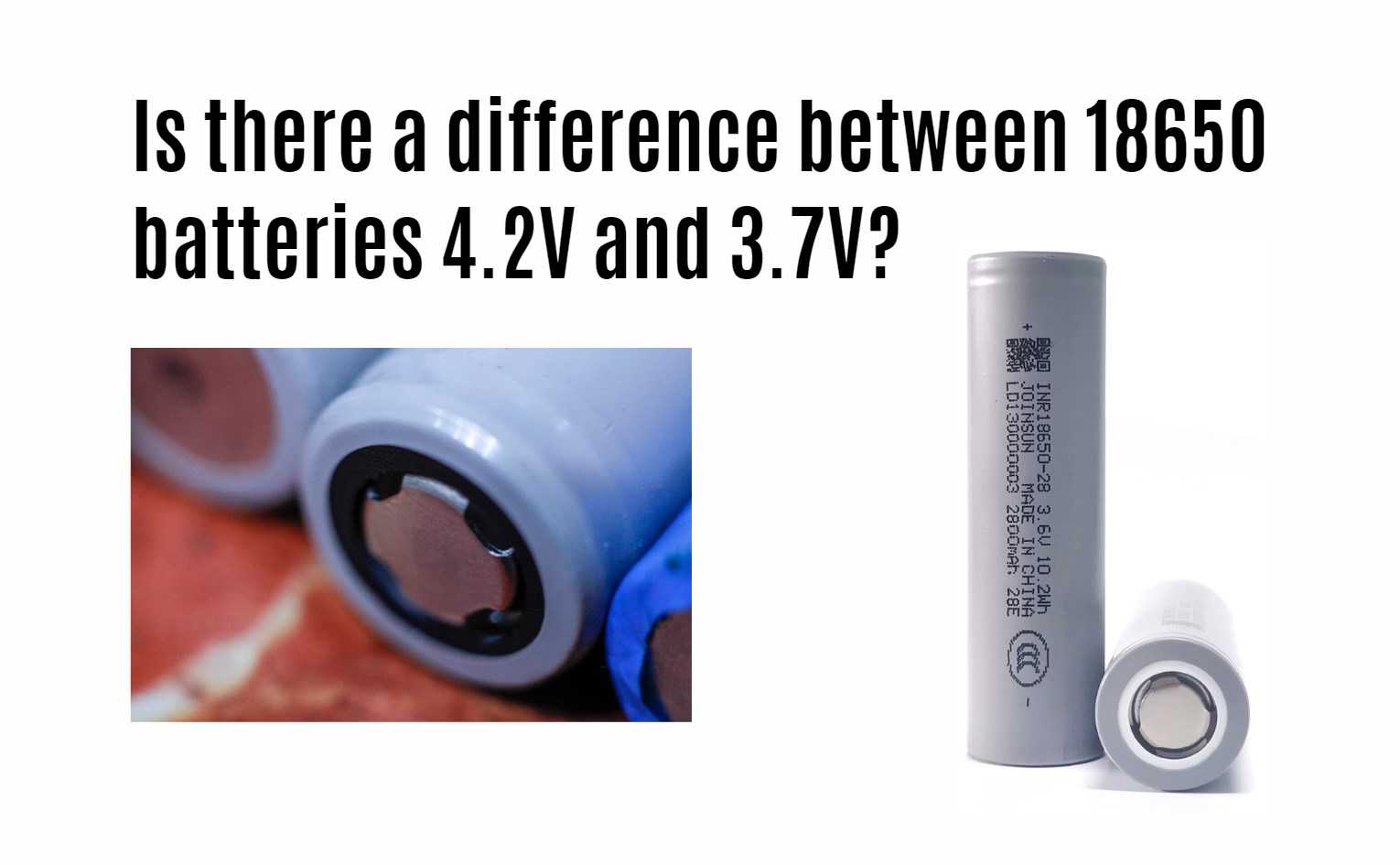In the realm of electronics and DIY projects, choosing the right battery is crucial. The debate between 18650 batteries with 4.2V and 3.7V often perplexes enthusiasts seeking optimal performance for their devices. This article delves into the nuances of these voltage ratings, providing insights to empower your decision-making process.
Introduction to 18650 Batteries
18650 batteries are renowned for their versatility and reliability in various applications, ranging from power banks to electric vehicles. They are lithium-ion cells prized for their high energy density and rechargeable nature, making them ideal for sustained use across different electronic devices.
Voltage Differences: Unraveling the Numbers
Understanding Voltage in Batteries
Voltage in batteries signifies the potential energy difference between its positive and negative terminals. It determines the power output and capacity of the battery, influencing how effectively devices operate.
4.2V vs 3.7V: Performance Variations
4.2V Batteries
- Higher Power Output: Batteries rated at 4.2V deliver more instantaneous power, catering to devices that demand quick bursts of energy.
- Shorter Lifespan: Due to increased power output, these batteries tend to have a shorter operational lifespan per charge cycle.
- Applications: Ideal for devices requiring high power output such as digital cameras and high-performance flashlights.
3.7V Batteries
- Longer Lifespan: These batteries prioritize longevity, making them suitable for devices needing sustained, moderate power delivery over extended periods.
- Steady Performance: Offer stable voltage output throughout the discharge cycle, ensuring consistent device performance.
- Applications: Commonly used in devices like laptops, tablets, and lower-power flashlights where endurance is key.
Choosing the Right Battery for Your Project
When selecting between 4.2V and 3.7V batteries, consider the specific requirements of your application:
- Power Needs: Determine if your device requires high initial power (4.2V) or steady, sustained output (3.7V).
- Usage Scenarios: Assess whether the device operates in short bursts or requires continuous power over extended periods.
- Longevity: Balance between immediate power needs and the longevity of the battery’s charge cycle.
Conclusion
In conclusion, the choice between 18650 batteries rated at 4.2V and 3.7V hinges on your specific application needs. Opt for 4.2V for devices demanding high power output despite shorter lifespans per charge cycle. Conversely, select 3.7V for applications requiring sustained performance and longer battery life. Understanding these distinctions empowers you to make informed decisions, ensuring optimal performance from your electronic devices.





